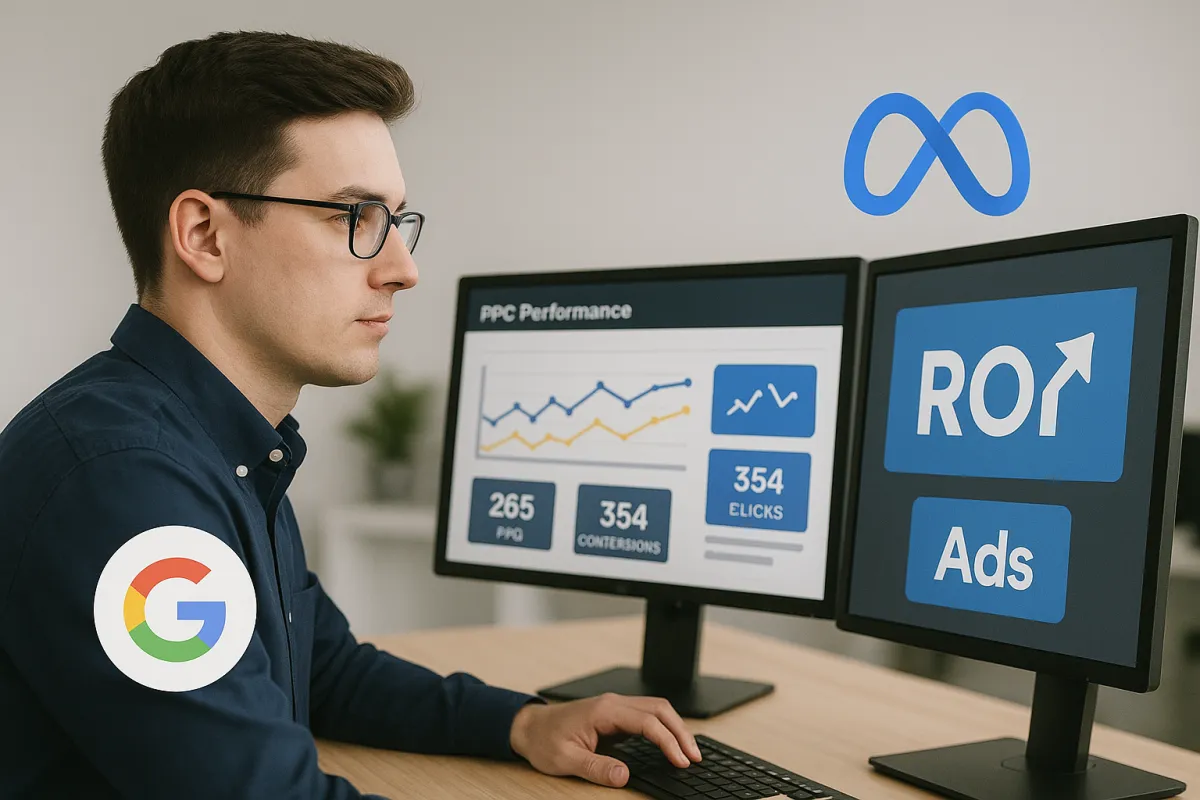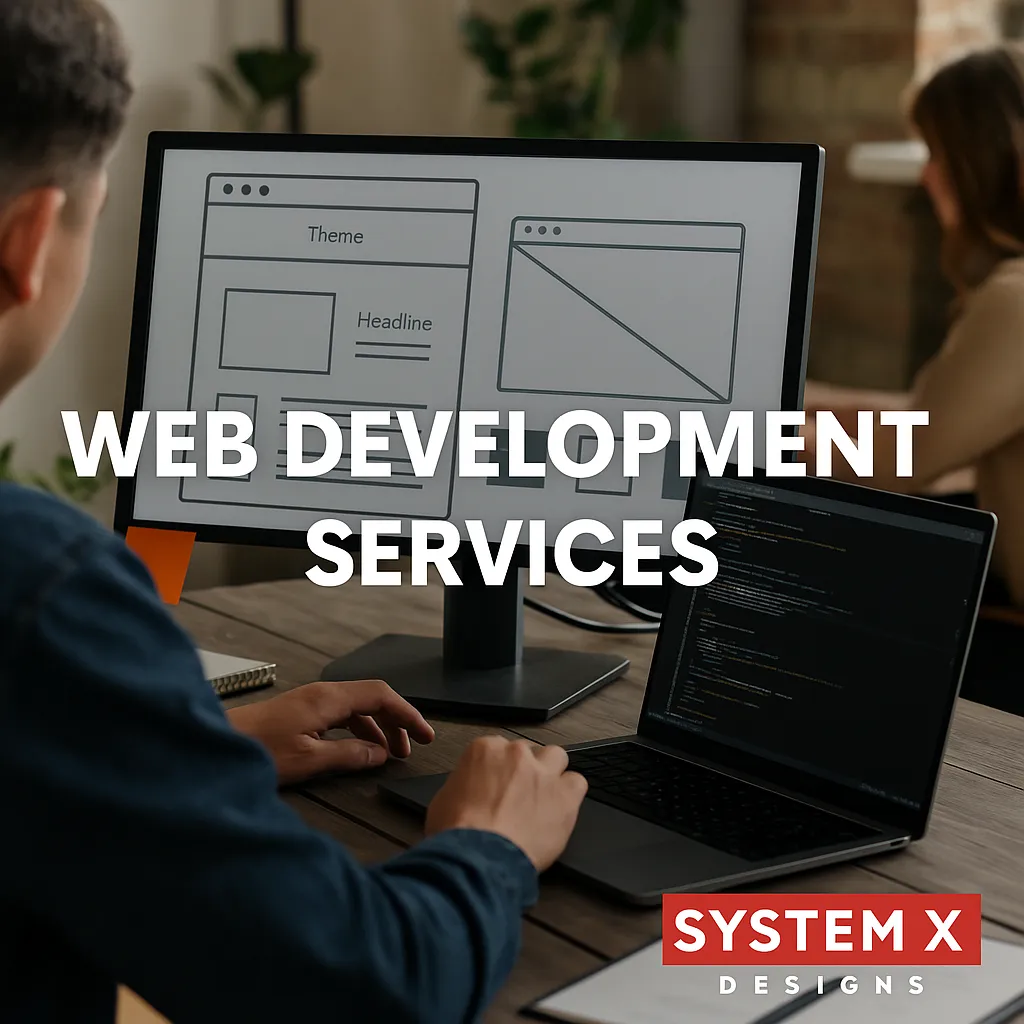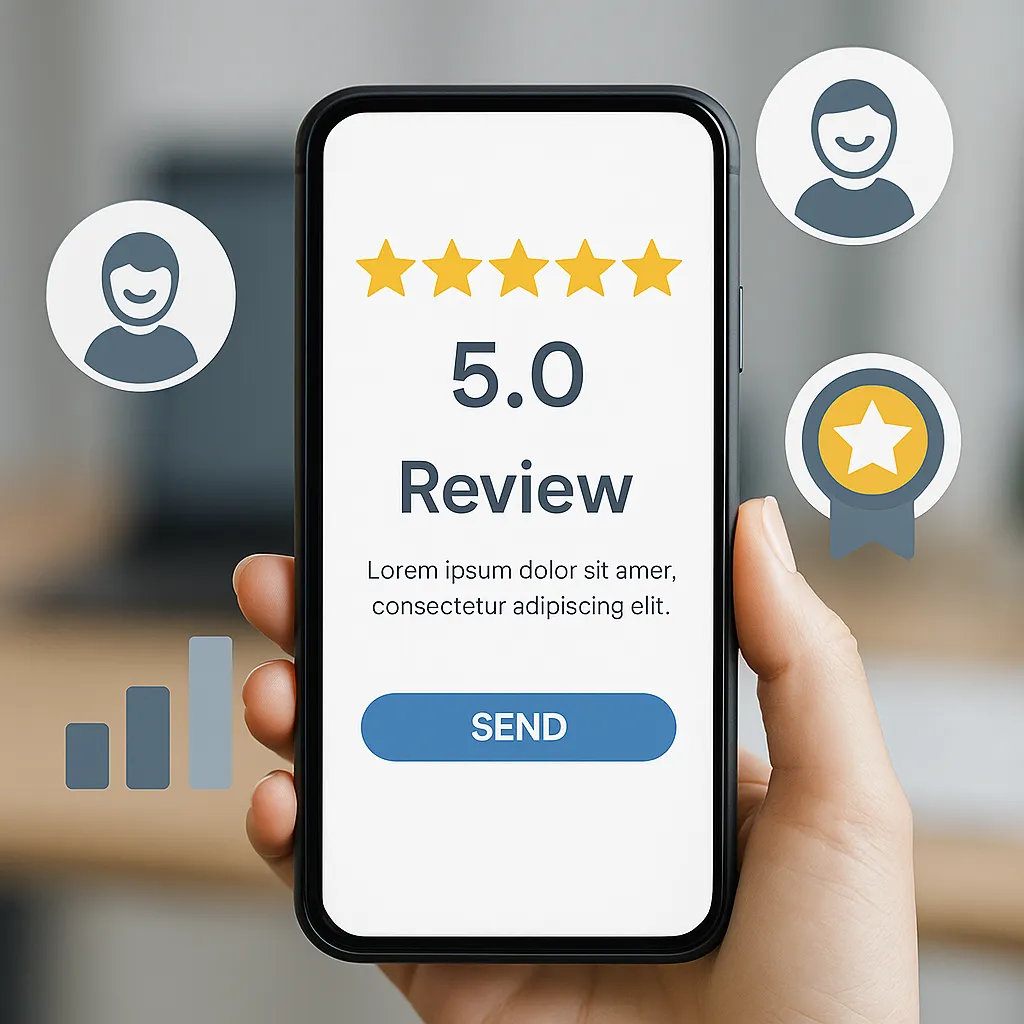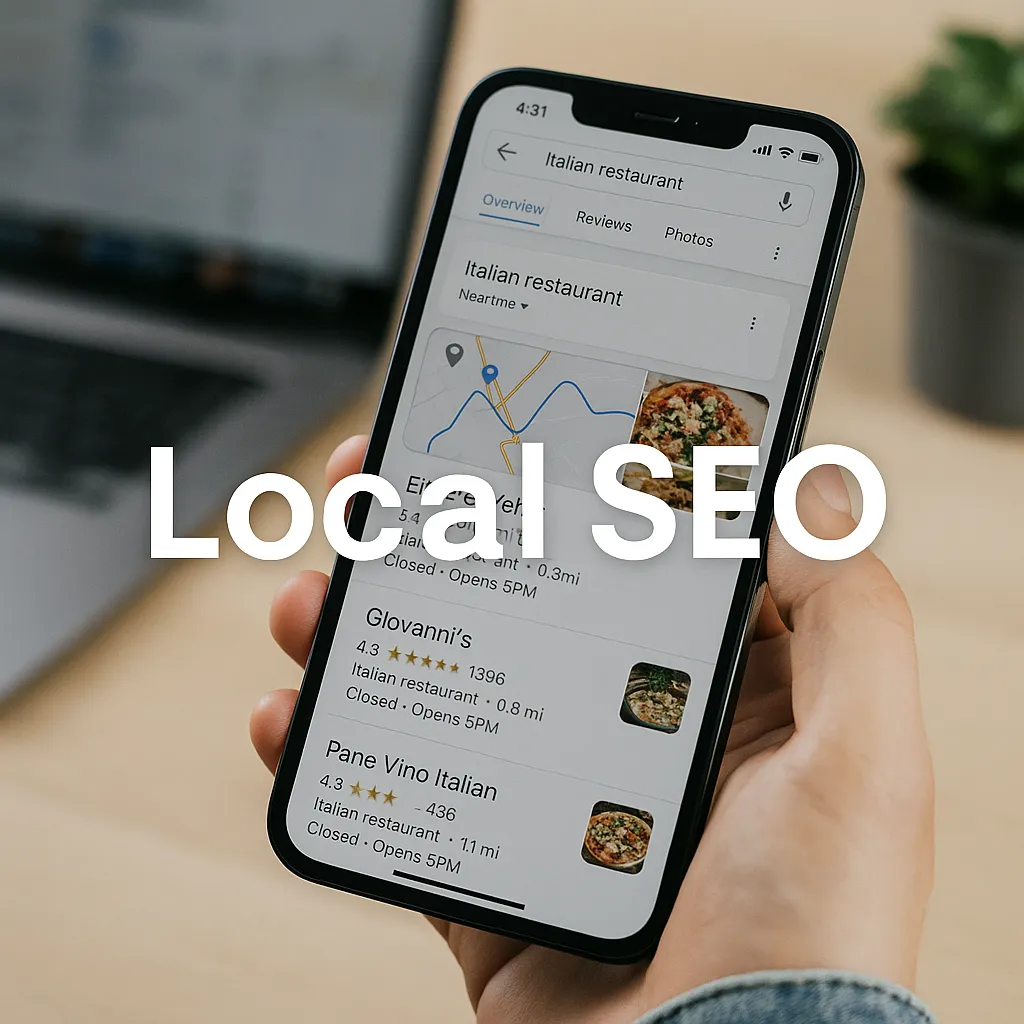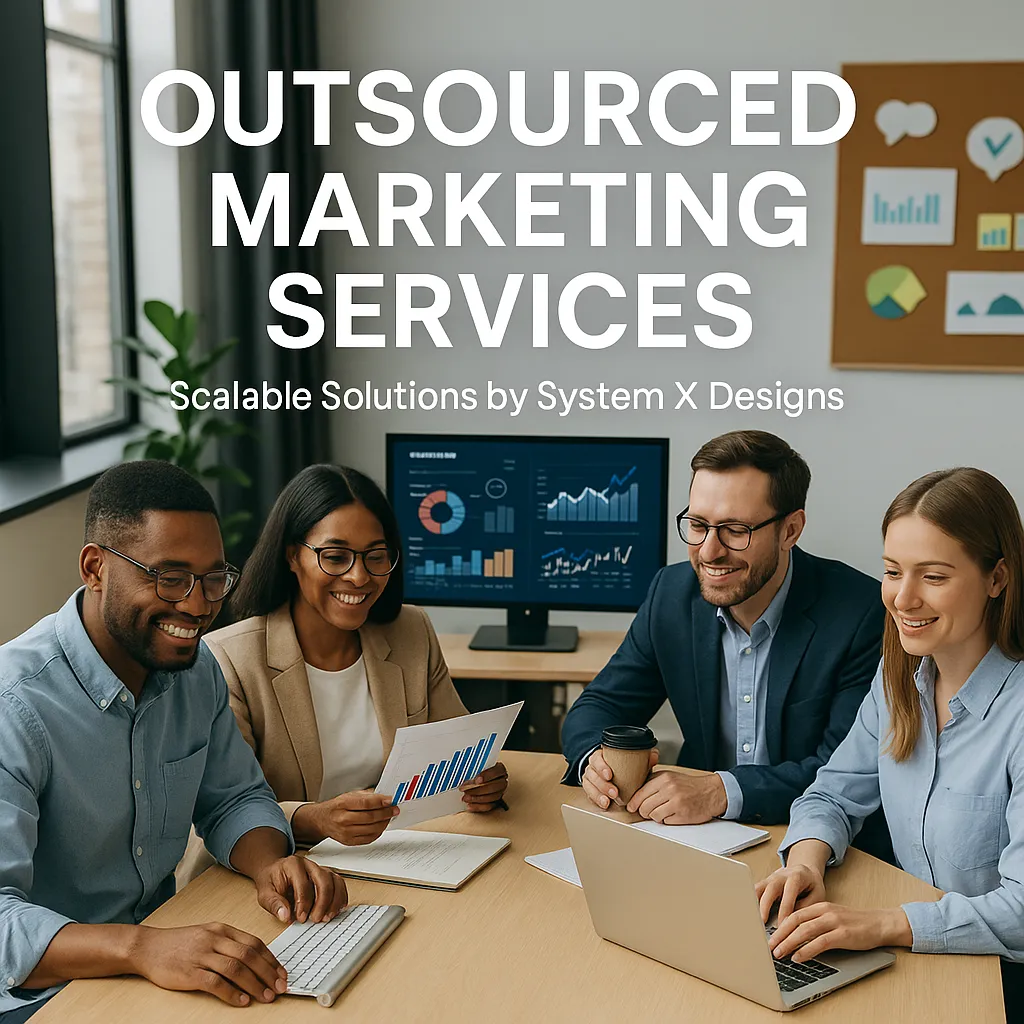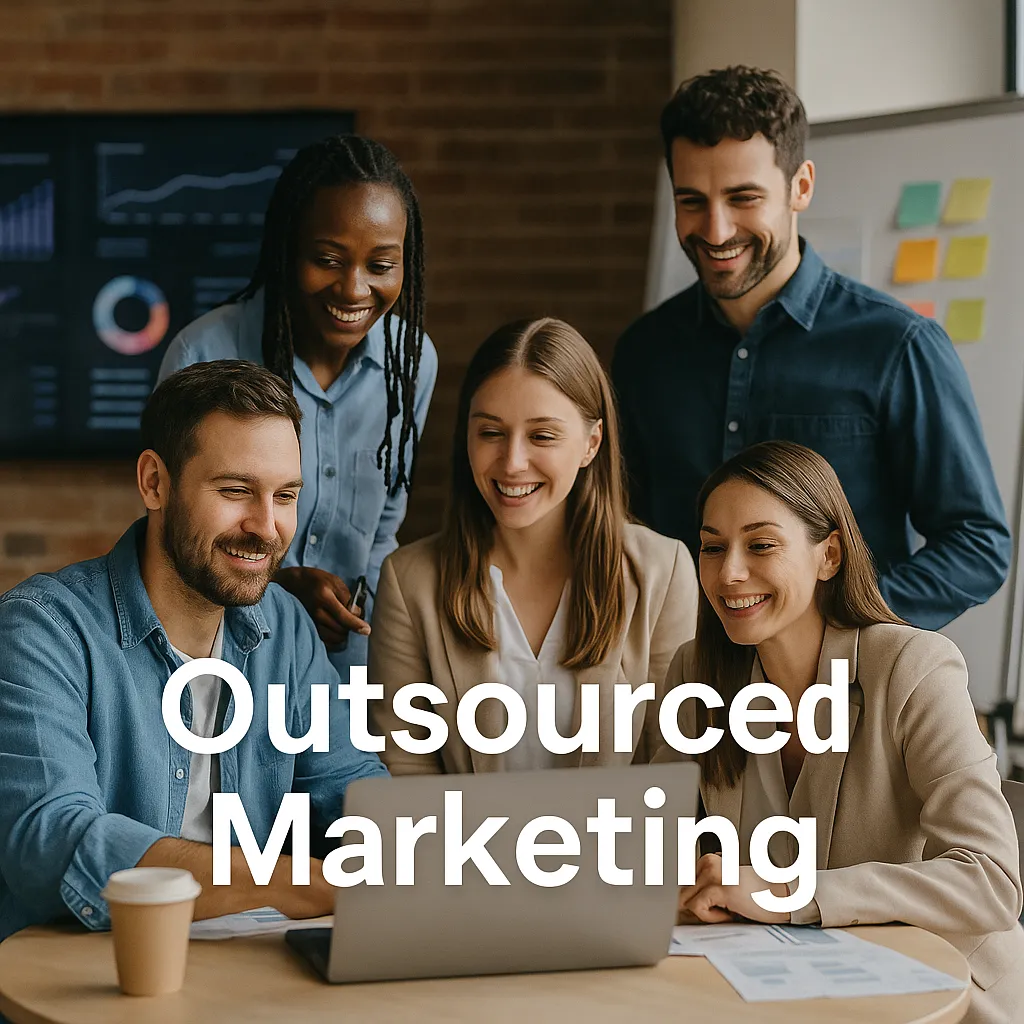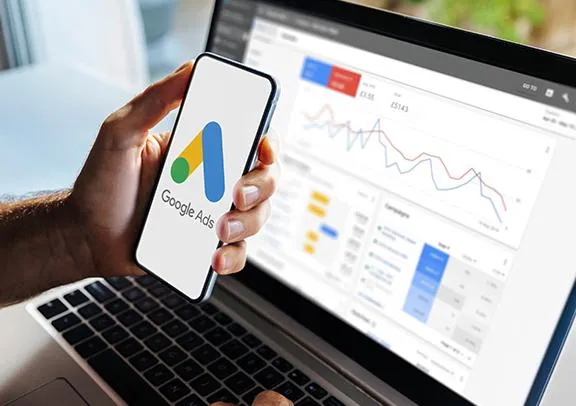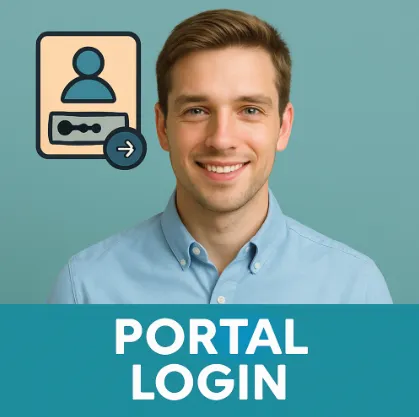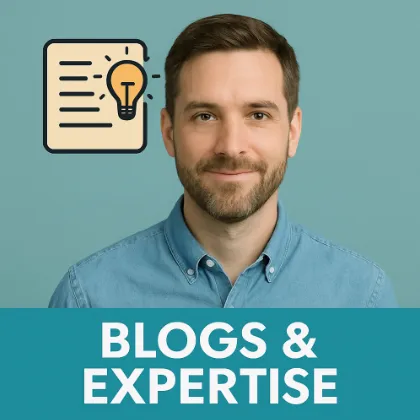The AI-Driven Shift in Local SEO
The landscape of local search engine optimization (SEO) is undergoing a fundamental transformation driven by the integration of artificial intelligence, primarily through Google's AI Overview (formerly Search Generative Experience). This feature places AI-synthesized, conversational answers at the top of search results, fundamentally changing how customers discover and choose local businesses. Success is no longer determined solely by traditional keyword rankings but by being cited and recommended by these AI systems.
This new environment demands a strategic shift from optimizing individual web pages to building a comprehensive, verified digital entity. To achieve visibility and be cited by AI, businesses must establish authority across a wide range of platforms. The core requirements for success include demonstrating verifiable Entity Authority, creating Structured, Factual Content optimized for AI consumption, matching Conversational Queries with direct answers, and ensuring broad Brand Visibility Across Multiple Platforms.
The most effective response is a holistic, multimedia content strategy designed to create layered authority and omnichannel trust. This involves systematically creating and distributing a suite of interconnected content assets—including press releases, videos, podcasts, slideshows, and infographics—across hundreds of authoritative channels. This methodology, amplified by technical SEO tactics like tiered backlinking and citation management, provides the robust, multi-platform digital footprint that AI algorithms require to recognize, trust, and ultimately cite a local business as the definitive authority in its market.
1. The New Search Landscape: The Dominance of AI Overview
The traditional search engine results page (SERP) is being displaced by an AI-driven interface. Google's AI Overview presents a synthesized summary at the very top of the page, directly answering a user's query. This has profound implications for local businesses.
Primacy of Placement: The AI Overview appears above all other results, pushing down traditional organic listings and even the crucial Google Maps Pack, which historically receives 52% of all clicks.
Shift from Discovery to Citation: Instead of users clicking through multiple links to find information, the AI provides a direct answer, citing the sources it deems most authoritative. This means businesses that are cited gain instant credibility and visibility, while those that are not are rendered "effectively invisible to a growing segment of high-intent customers."
The Central Argument: In this new paradigm, visibility is not just about being found; it is about being chosen and cited by artificial intelligence. This requires a fundamental departure from legacy SEO practices.
2. Core Requirements for AI Visibility and Citation
Analysis of AI systems like Google's AI Overview, ChatGPT, Claude, and Manus reveals a consistent set of criteria used to evaluate and cite a business. Traditional ranking factors like keywords and basic backlinks are now subordinate to these broader, entity-focused signals.
2.1 Entity Authority
AI prioritizes the recognition of a business as a verifiable entity across authoritative, structured sources. This goes far beyond simple Name, Address, Phone (NAP) citations in standard directories.
Authoritative Platforms: Verification on platforms like Wikidata, LinkedIn company pages, Crunchbase, the Better Business Bureau (BBB), local Chambers of Commerce, government business registries, and industry-specific associations is critical.
Goal: These sources help AI systems "understand" the business and establish it as a trusted local authority.
2.2 Structured, Factual Content
AI systems are designed to parse and reuse factual information, ignoring promotional "fluff" and sales copy.
Preferred Formats: Content must be highly structured in formats that are easy for Large Language Models (LLMs) to extract and cite, such as FAQ sections, step-by-step guides, numbered lists, comparison tables, and glossary pages.
Journalistic Tone: The writing style must be clear, factual, and benefit-driven without being overly promotional.
2.3 Conversational Query Matching
AI Overviews are predominantly triggered by informational search queries phrased in natural language.
Direct Answers: Content must be created to explicitly answer the types of questions customers ask, such as:
"How much does [service] cost in [city]?"
"What are the best [service providers] in [city]?"
"What should I do immediately after [problem occurs]?"
2.4 Brand Visibility Across Multiple Platforms
LLMs draw data from a much wider dataset than traditional search crawlers. An omnichannel presence is essential to reinforce entity recognition and provide multiple trust signals.
Key Platforms: Visibility is required across Google Business Profile, YouTube (heavily weighted as a Google property), podcast platforms (Apple Podcasts, Spotify), social media (Facebook, Instagram, LinkedIn), and content aggregators (SlideShare, Medium).
2.5 Review Sentiment and Diversity
AI algorithms analyze the qualitative aspects of reviews, not just the quantity.
• Analytical Factors: Sentiment, diversity of platforms (Google, Yelp, BBB, industry-specific sites), and recency are more important than sheer volume.
• Content Value: Detailed reviews that naturally include specific keywords are valued as they demonstrate consistent positive sentiment and provide contextual relevance.
3. A Comprehensive Strategy for Local SEO Dominance
To meet the demands of an AI-driven search environment, a multi-faceted strategy that combines foundational optimization with a robust, off-page entity-building campaign is required. The objective is to create "content layers" that establish "omnichannel trust."
3.1 Foundational On-Page Optimization: Google Business Profile (GBP)
The Google Business Profile is described as the "most powerful local ranking tool." Its thorough optimization is the essential first step for establishing local authority.
Service Descriptions
Each service description is optimized with relevant, industry-specific keywords and detailed information within the 300-character limit to match customer search intent.
Regular GBP Posts
A consistent schedule of posts about updates, promotions, and industry news signals relevance to Google. Posts include keywords, calls-to-action, and links.
Photos & Media
High-quality, geo-tagged images and short videos are regularly added to represent the business, boost local relevance, and increase user engagement.
Review Management
All reviews (positive and negative) receive well-constructed responses that include relevant keywords. Customers are encouraged to leave detailed, keyword-rich reviews.
3.2 The Multimedia Content Ecosystem for Entity Building
The core of the strategy involves creating and distributing a complete ecosystem of content for each campaign (e.g., a new service or location). Each asset is designed for both human engagement and AI consumption, creating a network of consistent brand signals across hundreds of platforms.
Press Release
A professionally written, journalistic announcement distributed to hundreds of reputable news outlets and the Google News ecosystem. Impact: Generates high-authority backlinks, establishes the business as a credible and active entity, and feeds authoritative content directly to AI systems.
Blog Article
A structured article hosted on a high-authority site (e.g., Local Business Wire) with proper headings (H2/H3), embedded media, and schema markup. Impact: Serves as a high-authority backlink and is structured for easy parsing and citation by AI.
Long-Form Video
Hosted on YouTube, Vimeo, and Rumble with meticulously optimized descriptions containing full NAP details, URLs, and keywords. Impact: Video transcriptions are indexed by Google and ingested by AI systems, making them highly valuable for entity recognition.
Short-Form Video
Repurposed clips for Instagram Reels, YouTube Shorts, TikTok, and Facebook. Impact: Expands reach, drives engagement, and generates crucial social trust signals that reinforce entity recognition for AI.
Podcast
Episodes distributed to major platforms like Apple Podcasts, Spotify, and Amazon Music, with descriptions optimized with NAP information and backlinks. Impact: Podcast transcriptions are ingested by AI, providing multiple authoritative touchpoints and reinforcing multi-platform entity signals.
Slideshow
Presentations shared on platforms like SlideShare, Scribd, and Google Slides, designed specifically for AI consumption. Impact: Each slide includes headers and bullet points with data that AI systems can easily extract and cite.
Infographic
Visually engaging assets with structured data distributed on Flickr, Pinterest, and Imgur. Impact: AI systems parse the image metadata and surrounding text, making them valuable for visual entity recognition.
3.3 Advanced SEO Amplification Services
To maximize the impact of the content ecosystem, several advanced technical services are deployed.
Local Citation & Directory Management: This service ensures business information (NAP) is accurate and consistent across over 70 directories, including Google, Bing, Yelp, and industry-specific sites. It involves a comprehensive audit, submission to high-authority and niche directories, and the cleanup of duplicate or incorrect listings.
Tiered Backlinking: A strategically layered backlink structure is used to amplify the authority of links generated by the multimedia assets. This multi-tier approach builds authority through supporting articles and contextual link placement, pointing to the GBP, CID link, or website URL to improve rankings.
Click-Through Rate (CTR) Manipulation: This service simulates organic clicks from real users on a business's website or GBP listing for targeted keywords. By improving CTR—a key ranking signal—it indicates to Google that the listing is highly relevant and engaging, which can result in higher rankings.
Google Authority Stacks: When needed, this service leverages Google's own trusted properties (Docs, Sheets, Slides, Maps) to build a powerful network of interlinked assets. This network passes significant authority and relevance back to the primary website, tapping directly into Google's ecosystem to build trust.
4. Strategic Outcome and Target Application
The ultimate goal of this comprehensive methodology is to "Build an Entity, Not Just a Website." The layered, multi-platform approach moves beyond traditional SEO to establish the deep, verifiable authority that AI systems demand before they will cite a business.
This strategy is specifically designed for local businesses in high-stakes, competitive industries where the lifetime value of a customer justifies a significant investment in comprehensive entity building. Target sectors include:
Equipment Rental Agencies
Multi-Location Businesses & Franchises
Manufacturers & Distributors
Commercial Cleaning & Janitorial Services
Commercial HVAC & Refrigeration Companies
Building Materials & Landscape Supply Companies
By creating a substantial digital footprint with structured, AI-parseable content distributed at scale, this strategy ensures a business is not only found but is positioned to be the authoritative source recommended by the AI systems that are increasingly becoming the primary gateway for customer discovery.


